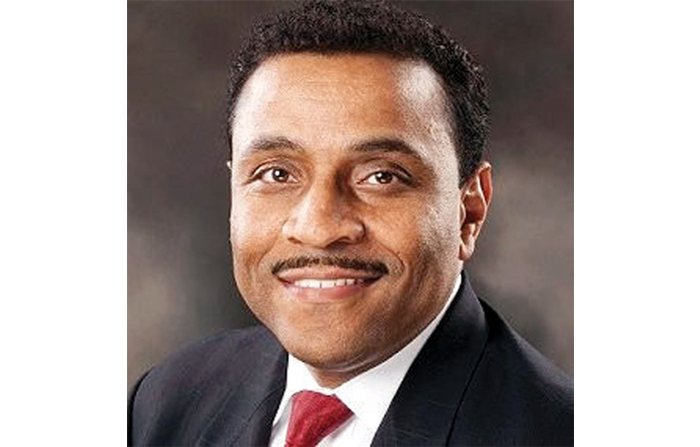RSS superintendent talks highs, lows for district during State Board of Education meeting
Published 12:30 am Monday, September 6, 2021

- Tony Watlington
SALISBURY — Eight months into his tenure with Rowan-Salisbury Schools, Superintendent Tony Watlington last week spoke to the N.C. Board of Education about where the unique district stands.
Watlington spoke to the board in person on Wednesday. He spoke about renewal, what is going well for RSS and areas it is looking to improve.
Watlington told the board about faculty buy-in to the district’s renewal programs — notably the teacher-led design teams at each school. He highlighted improvements in the district’s graduation rate increasing as well as its dropout rate decreasing at a better rate than comparable districts.
He also talked to the board about career and technical education concentrators increasing. The district ranks fourth in the state for the number of credentials awarded to career and technical students, outpacing much larger districts such as Charlotte-Mecklenburg Schools.
He acknowledged some areas the district wants to improve as well, including building community support, developing a new accountability model for renewal, improving student growth and reducing the number of schools the state has identified as low-performing.
The district reduced its number of low-performing schools from 19 to 13 while former Superintendent Lynn Moody was in charge, but that number crept back to 15 by the time Moody retired. The district needs to keep that number from rising and improve growth in some of its schools or its renewal status could be in jeopardy when it comes up for review in 2023.
This year, the state waived standardized test scores being used for school report cards and revised low-performing identifications, meaning schools will keep the label for the next year if a school was already labeled low-performing. Watlington told the state board RSS recommends revising the way low-performing schools are identified by taking the state’s equation, which is mostly based on individual test scores, and making it at least 50% based on growth year-to-year.
State Superintendent Catherine Truitt asked Watlington if RSS has performed any science of reading training, noting most districts have not. Watlington said the district intends to start. Truitt said she expects testing performance to improve for the district.
“It doesn’t surprise me that you have this incredible data, by all accounts, except for the EOG and the EOC performance,” Truit said. “And it doesn’t come as a surprise to me because this is very typical of our districts across the state, and it’s been stagnant for so long.
Truitt said stagnant test scores are the result of the state’s approach to early literacy instruction. When those numbers are aggregated by income, race and ethnicity, it paints a bleak picture.
RSS saw a slight decrease in teachers leaving in the 2018-2019 year and an increase during the pandemic. Principal turnover has seen a decrease since 2017, dropping from 20% in 2017 to 8.6% in 2019. Though, it increased to 15.2% during the pandemic.
Watlington said he thinks some of the charter-like freedoms RSS has because of renewal contributed to the decrease in principal turnover.
RSS has seen more than 90% student attendance for the past few years, but the district is interested in chronic absenteeism, referring to students who are absent 10 or more days each year.





